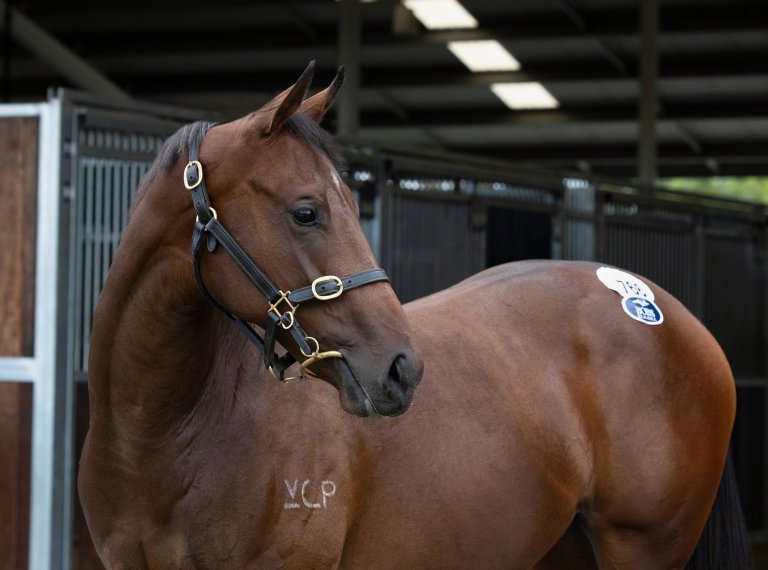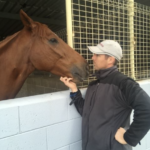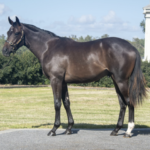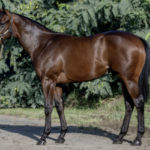Thoroughbreds are a breed of horse that is primarily used for horse racing. They are known for their speed, agility, and endurance, which make them ideal for racing at high speeds over long distances. Thoroughbreds are often trained from a young age to develop their athletic ability and competitive spirit and are carefully managed to minimize the risk of injury or other health problems. Horse racing is a popular and lucrative sport worldwide, with Thoroughbred racing particularly prominent in countries such as the United States, United Kingdom, Australia, and Japan.
Tips for Training thoroughbred
Before beginning training, thoroughbreds should undergo a preparation period to ensure they are in good health and physical condition. This may involve the following:
- Veterinary examination. A veterinarian should examine the horse to ensure no underlying health issues or injuries could be exacerbated by training.
- Nutrition assessment. A proper diet is essential for a horse’s health and athletic performance. An equine nutritionist can help develop a nutrition plan tailored to the individual horse’s needs.
- Farrier care. Proper hoof care is essential for a horse’s soundness and overall well-being. The farrier should examine the horse’s hooves and provide any necessary trimming, shoeing, or corrective measures.
- Conditioning. A conditioning period, including light exercise and gradually increasing activity levels, can help prepare the horse for more rigorous training.
- Mental preparation. Thoroughbreds are sensitive animals and can become anxious or stressed if not acclimated to their environment. Time spent getting the horse used to its surroundings, including the training facility and other horses, can help reduce stress and improve its focus during training.
Best Tips and Practices for Training Thoroughbred
Training a thoroughbred racehorse is a complex and specialized process that requires a deep understanding of the horse’s physiology, psychology, and behaviour. Here are some best practices for training a thoroughbred:
- Start with a strong foundation. Before starting any specific training, ensure your horse is healthy, well-fed, and properly cared for. A good foundation is essential for successful training.
- Develop a training plan. Develop a comprehensive training plan that includes both physical and mental conditioning. This plan should be tailored to your horse’s needs and progress gradually over time.
- Incorporate variety into training. Incorporating various activities into your horse’s training can help keep them engaged and interested. This might include hill work, interval training, and cross-training in other disciplines.
- Be consistent. Consistency is key in thoroughbred training. This means training your horse regularly, using the same cues and aids, and maintaining a consistent training environment.
- Monitor your horse’s progress. Regularly monitor your horse’s progress through various performance metrics, such as heart rate, speed, and endurance. Use this data to adjust your training plan as needed.
- Listen to your horse. Thoroughbreds are sensitive animals, so paying attention to their behaviour and signals is essential. If your horse seems uncomfortable or resistant during training, it may be time to adjust your approach.
- Work with a professional. Working with an experienced trainer can be valuable in training a thoroughbred. A professional can provide guidance, support, and feedback, helping to ensure that your horse receives the best possible care and training.
By following these tips and best practices, trainers can help ensure that their Thoroughbreds are well-prepared and cared for and can compete at their highest level of performance while minimizing the risk of injury or other health problems.




